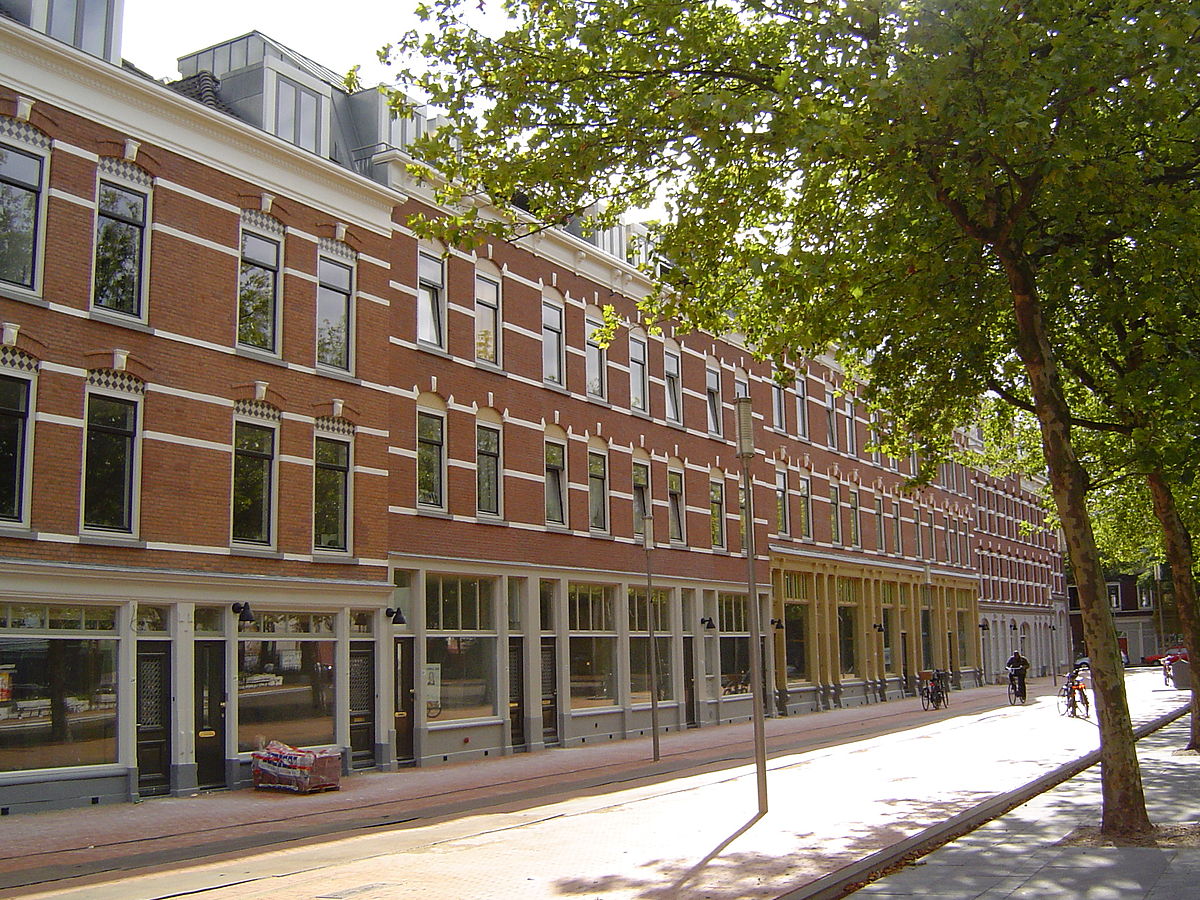So you’ve made the decision to move to Rotterdam — the city with the biggest port in Europe, mind-blowing architecture, and overall the coolest place in the Netherlands (no, we’re not trying to sell it to you).
A pioneer in sustainability, Rotterdam is unique in many ways. Having completely transformed its character after the German bombing of WWII, the city is typically described as modern and innovative, rather than typically Dutch.
However, don’t let yourself be misled by the glam of Rotterdam’s impressive high-rise skyline.
The neighbourhoods of this multifaceted city have something for everyone — whether you’re looking for a lively hip area or a quiet place with charming canals. So, where is the best place to snag yourself a home in Rotterdam?
Is living in the West the best?
The “west” refers to one of the most diverse areas of Rotterdam. Consisting of multiple smaller districts of diverse characters, the west is a popular place for young internationals to live.
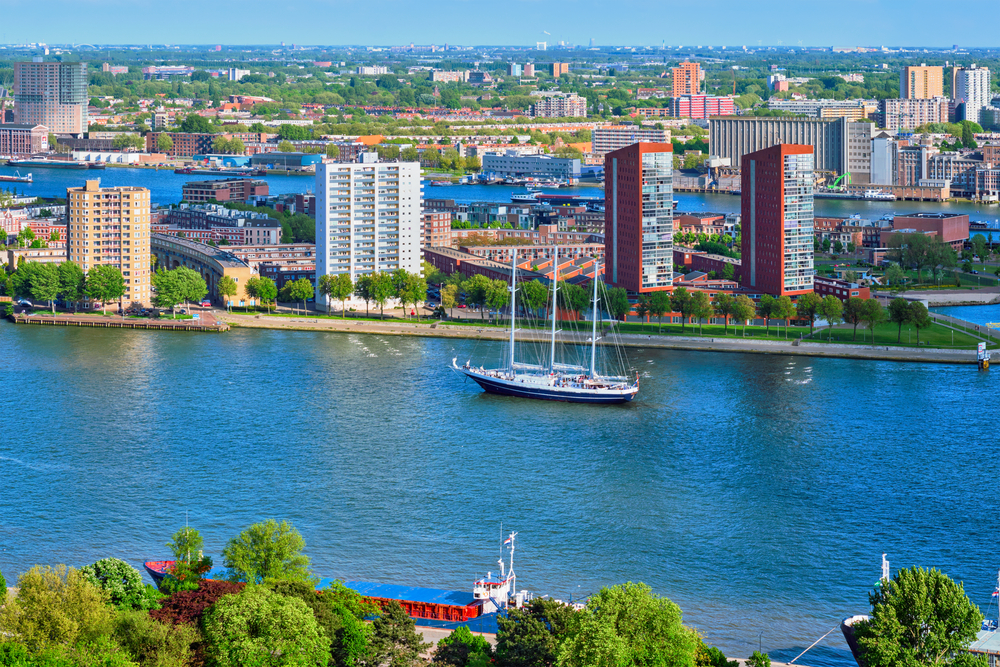
The Erasmus Medical Centre and the Rotterdam University of Applied Sciences are both located here, and the lively neighbourhood is well-connected with public transport.
READ MORE | Moving to Rotterdam: what to know before making this futuristic Dutch city your home
Nieuwe Binnenweg — the neighbourhood’s main street, which runs from the centrally located Westersingel all the way to Delfshaven — offers countless restaurants, cafés, bakeries, concept stores, barber shops, and more.
Museumpark, on the other hand, is where you’ll find many of Rotterdam’s popular museums, such as Boijmans Van Beuningen, Kunsthal, or Het Nieuwe Instituut. Housing prices range from very cheap to very expensive, and sometimes the expensive one can be just a block away from the cheap option.
Delfshaven: the historic neighbourhood
If your heart desires typical Dutch architecture, charming canals, and quaint little streets, then Delfshaven is the neighbourhood for you.
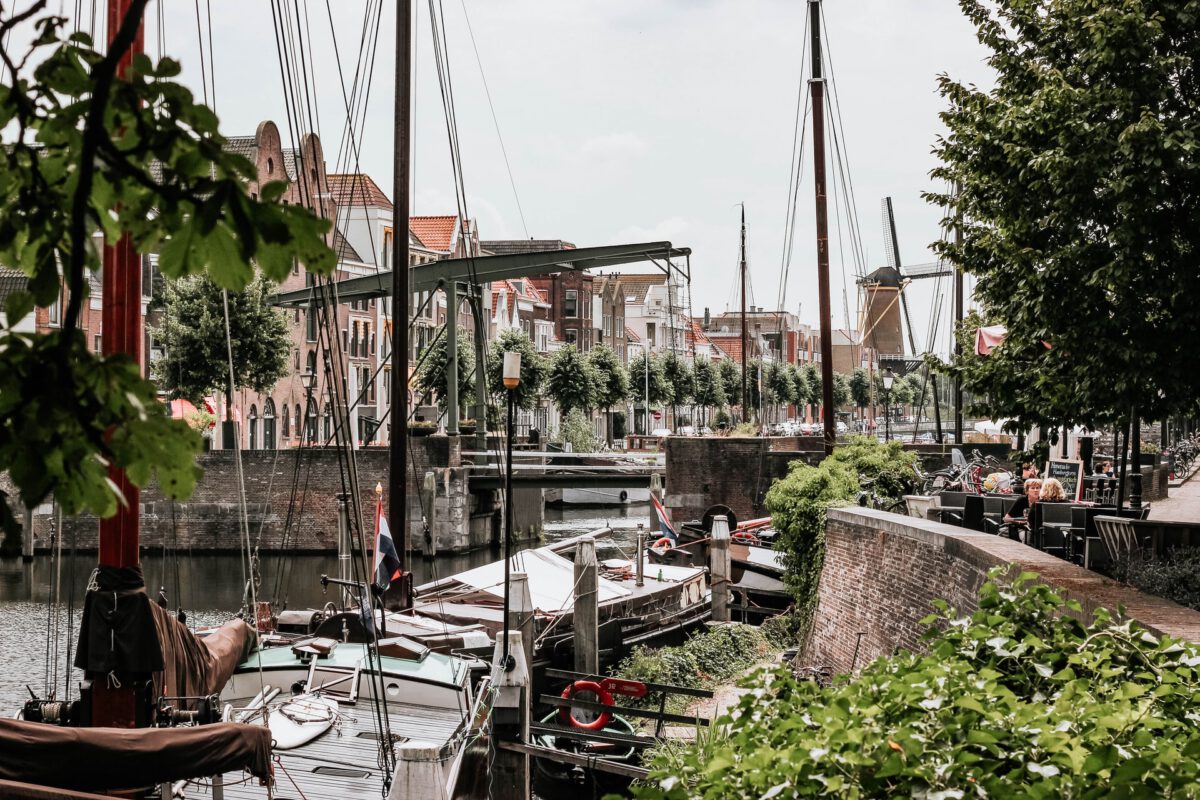
The area used to be a separate municipality until 1886, serving as the harbour for the nearby city of Delft. This is also where the name Delfshaven (“Port of Delft”) comes from. Spared in the German bombing of 1940, the neighbourhood has managed to retain the charm of traditional Dutch architecture.
Delfshaven residents get to enjoy their own food market, which takes place every Thursday and Saturday at Markt Visserijplein. Housing in the area varies quite a bit, but you may be able to snatch an apartment with access to a rooftop terrace and enjoy the views of the nearby Euromast.
Centrum: living in the city centre
Rotterdam is sometimes called the city without a heart. Why? Almost the entire historic city centre was destroyed in the German bombing on May 14, 1940. While the event definitely left its scar, it also gave Rotterdam’s city centre the opportunity to be reborn as a thriving hotspot with incredible architecture.

Whether you’re looking for cafés, bars, restaurants, clubs, or fashion stores, you’ll find it here. The city centre is also home to most of Rotterdam’s famous landmarks, such as the Markthal, Cube Houses, the Grote of Sint-Laurenskerk, and Witte Huis.
If you wish to live close to Rotterdam’s nightlife and arts and culture, you can base yourself near the famous Witte de Withstraat.
READ MORE | Rotterdam Rooftop Walk is open! Here’s how to experience the city’s roofscape
The housing options range from modern residential complexes to incredible high-rise buildings with luxurious apartments, to apartments in quieter residential areas.
The city centre is the best place to live if you want to experience what Rotterdam’s restored heart brimming with activity has to offer. However, it is also (unsurprisingly) one of the priciest neighbourhoods to live in.
Kralingen-Crooswijk: living in the best location
If you want to live in one of Rotterdam’s best-located neighbourhoods, you should definitely consider Kralingen. It’s situated right between the city centre and the main campus of Erasmus University, which makes it the perfect location for students and young professionals working for the university.
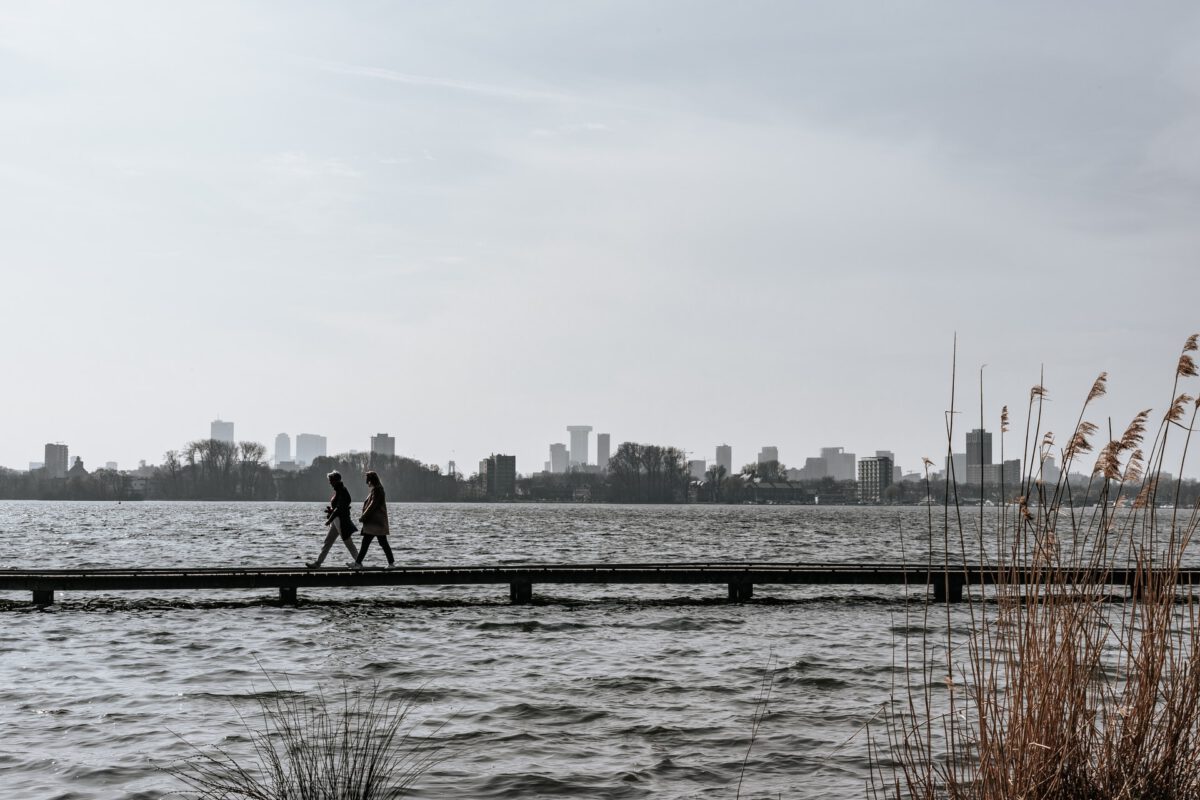
The most notable feature of this neighbourhood is undoubtedly the Kralingse Bos and Kralingse Plas — a place where Rotterdammers come to soak up some sunshine, enjoy a swim or a sail, or just savour a walk around the lake with some breathtaking views of the city.
Being home to many high-class residents, the housing prices in Kralingen are in the higher range.
READ MORE | 20 best and free things to do in Rotterdam in 2022
Crooswijk is the less posh of the two. A place where you can still hear the ‘authentic’ Rotterdam accent, the neighbourhood has many faces.
With its affordable rental prices and central location, Crooswijk is a great choice for your first home in Rotterdam.
Going Noord?
If you want to live right beside the central station, but not really in the city centre itself, Rotterdam Noord is probably the best option for you. Starting right at the back side of the train station, this neighbourhood is great for people who work outside of the city.
Its character changed immensely in the past ten years, transformed from a predominantly working-class neighbourhood to a design paradise. Hofbogen — a former railway viaduct which now houses many small businesses — is a prime example of this transformation.
Oude Noorden: the artsy neighbourhood
Oude Noorden is known for its artistic community and vibrant shopping areas. Zwart Janstraat — the neighbourhood’s main artery — is where you’ll find all kinds of shops run by people of various nationalities and backgrounds.
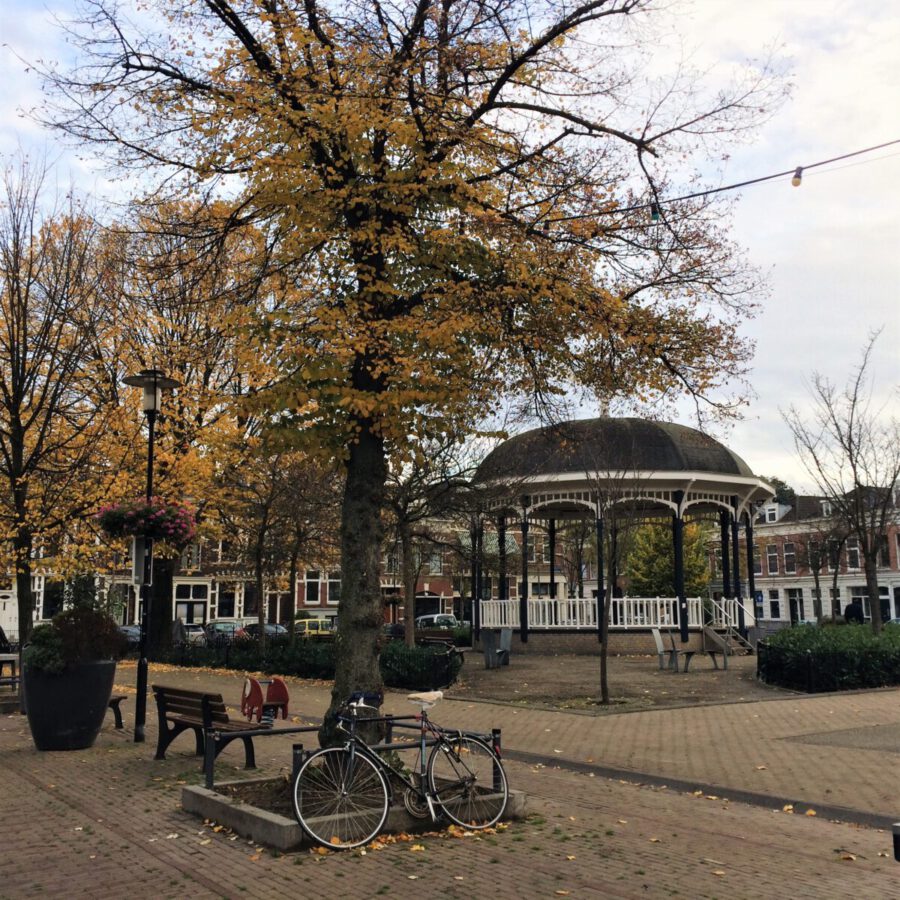
The lively Noordplein hosts a variety of markets, festivals, and concerts. If you want to enjoy some peace and quiet, you can stroll along the canal that separates Oude Noorden from Crooswijk.
Blijdorp
When most people hear this name, they immediately think of the Blijdorp Zoo, which is located on the west side of the neighbourhood.
Being right past the central station, Blijdorp offers quick access to almost any area of Rotterdam. It is a green and spacious neighbourhood where many families live. Popular areas to get some fresh air include the Vroesenpark and the Roel Langerakpark.
Feijenoord: the neighbourhood in the south
Rotterdam Zuid, and the neighbourhood of Feijenoord, which makes up a large part of it, hasn’t always had the best reputation as a place to live.
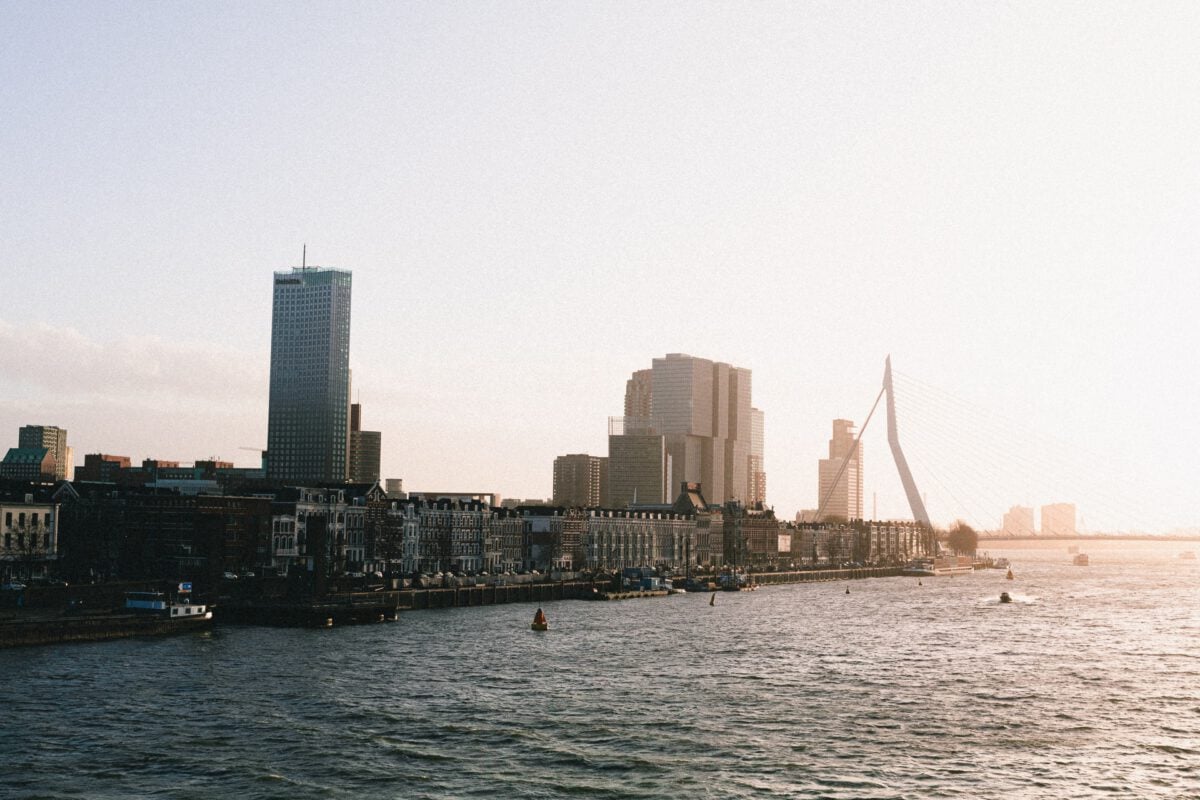
However, this area has undergone a significant transformation in recent years, and is now home to a melting pot of different cultures. Only about a third of the inhabitants are Dutch natives and non-western immigrants make up more than 50%.
The contrast between the glam of Kop van Zuid and the typically working-class and more colourful districts further down south is immense, but that also means that there’s a place for everyone.
Noordereiland: the neighbourhood on the river
Situated in the middle of the river Maas, the neighbourhood of Noordereiland is often overlooked. This is despite its unique location — Noordereiland is connected both to the city centre via Willemsbrug and to Rotterdam Zuid via De Hef. Both of these bridges are rather impressive architectural works.
READ MORE | Jeff Bezos superyacht arrives in Rotterdam: no bridge dismantling needed
Largely unaffected by the bombing of 1940, the area also features some older architecture. No matter which direction you look, you’re in for some amazing views.
However, be aware that the public transport options to and from the island are still a bit limited and not ideal for a daily commute (at least compared to the rest of the city). Housing prices are also more on the expensive side.
Kop van Zuid: the hip neighbourhood
Looking to live in a place where you’ll find most of Rotterdam’s epic high-rise buildings? Kop van Zuid it is. An old abandoned shipping area turned into a hip and trendy neighbourhood, Kop van Zuid houses Rotterdam’s famous skyscrapers, such as De Rotterdam and Montevideo.
Located right on the other side of the Erasmus Bridge, this place is ideal for younger residents.
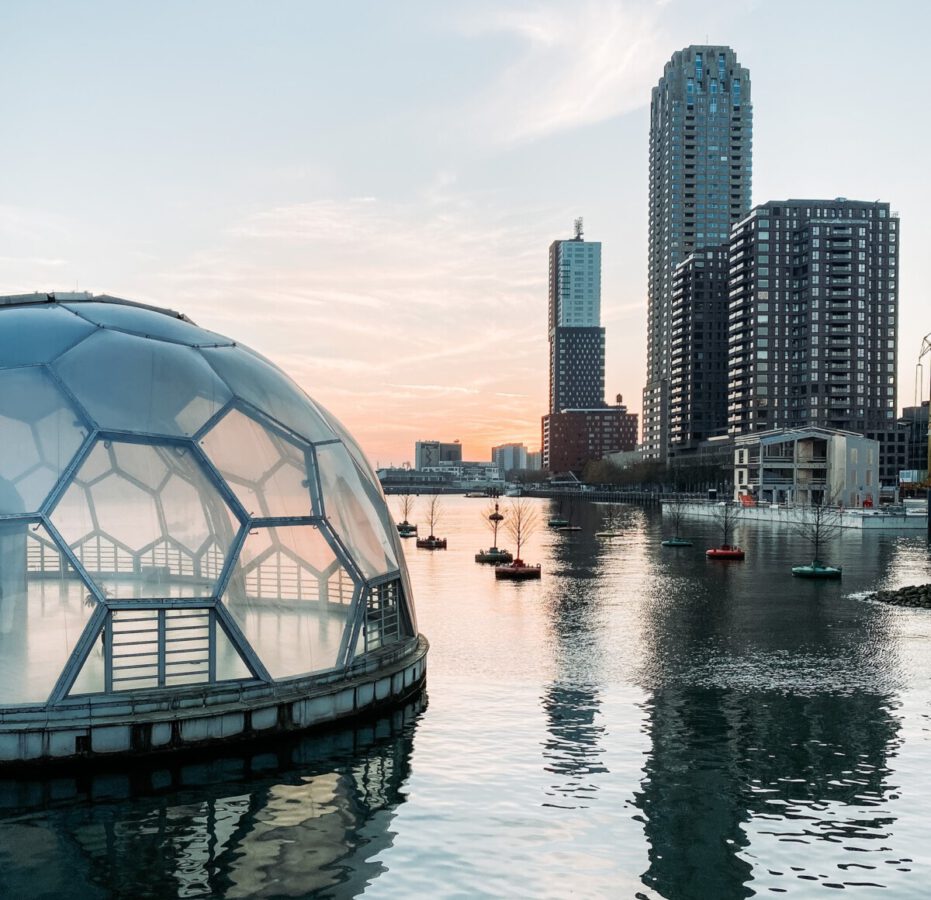
It offers a rich cultural life, with places like the Luxor theatre, the arthouse film theatre Lantarenvenster, and the Nederlands Fotomuseum.
The neighbourhood also had a role to play in Dutch history, as it used to be the departure point of the Holland-America line. Hotel New York — the line’s former headquarters — is Rotterdam’s most famous hotel.
Considering all this, it probably won’t surprise you that the rental prices here are quite high — but the incredible views you can get may be worth the bucks. 😉
Katendrecht: the neighbourhood on the rise
If you cross the Rijnhaven bridge (Rijnhavenbrug) from Kop van Zuid, you’ll find yourself in the neighbourhood of Katendrecht. Formerly a harbour, the rapidly evolving area is now a gentrified paradise. The Fenix Food Factory — a place no foodie should miss — is located here.
Charlois & IJsselmonde
Charlois and IJsselmonde are two neighbourhoods in the south of Rotterdam, located to the west (Charlois) and east (IJsselmonde) of Feijenoord. Nicknamed “green gardens of Rotterdam”, IJsselmonde offers residential neighbourhoods, as well as exciting urban nature. The area is friendly and safe, which makes it ideal for families.
READ MORE | King Willem-Alexander will celebrate King’s Day 2023 in Rotterdam
Charlois is the more edgy neighbourhood of the two. While Oud-Charlois has a village-like centre and some historic buildings, the neighbouring Carnisse is more metropolitan, making it a popular place for singles and two-person households. When the locals need to stretch their legs, they like to head to the popular Zuiderpark.
Prins Alexander: the family-friendly neighbourhood
Prins Alexander neighbourhood, which is spread over eight districts, stretches all the way to the Zevenhuizerplas (Zevenhuizer Lake). You’ll find villas, family houses, but also modern apartment buildings.
READ MORE | Liberation Day in Amsterdam, Rotterdam and The Hague! (Rare video footage inside)
Prins Alexander is very family-friendly and many of the public spaces are designed with children in mind. The close proximity of the Rotterdam Alexander station to Erasmus University also makes it a great choice for students. The lively boulevard at the Nesselande beach is definitely a highlight.
Overschie
Formerly an independent village, Overschie merged with Rotterdam during WWII. While the neighbourhood may not be the best in terms of public transport connections, it does have one of the lowest crime rates in Rotterdam.
What you’ll find here is for example, the famous Van Nelle Factory — a prime example of the architectural International Style and a UNESCO World Heritage Site.
Hilegersberg-Schiebroek: the affluent neighbourhood
If you’re looking to live in one of the wealthiest areas of Rotterdam, then you may consider basing yourself in Hillegersberg-Schiebroek.
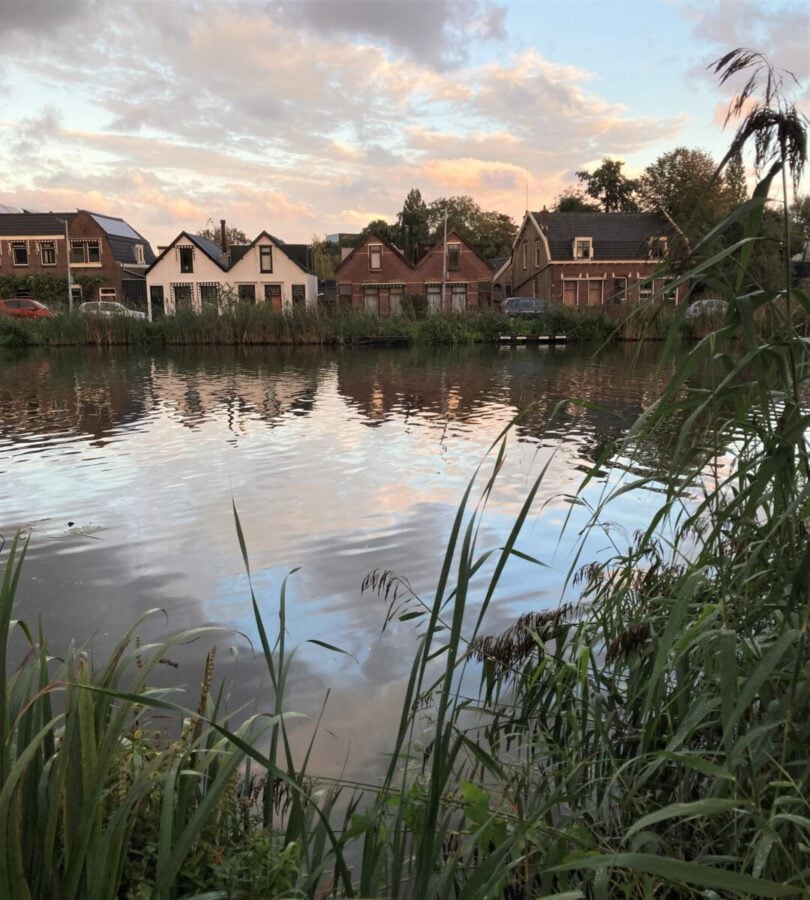
A place with green residential areas and a village-like charm, untouched by the bombs of WWII, the neighbourhood is located close to the Lage Bergse Bos and the Bergse Plassen — the perfect place to go to stretch your legs and get some fresh air.
Have you lived in any of these neighbourhoods? What was your experience? Let us know in the comments below!

